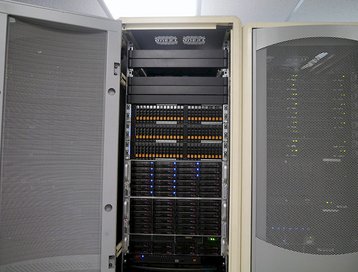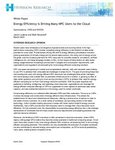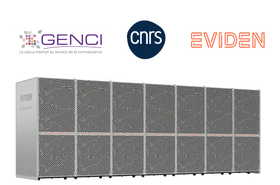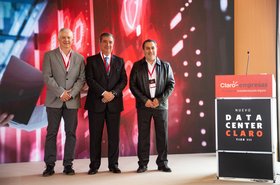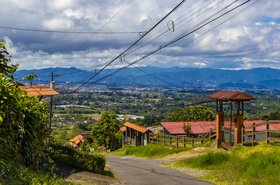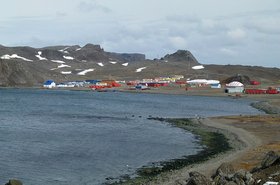The Pontifical Catholic University of Chile (UC Chile) has installed a new supercomputer.
The new Geryon 3 supercomputer has been installed in a 36 sqm (387 sq ft) room at the UC Institute of Astrophysics in Santiago.
The 350 million Chilean pesos ($367,500) system was funded by the Center of Excellence in Astrophysics and Associated Technologies (CATA, aka Centro de Excelencia en Astrofísica y Tecnologías Afines), which performs research on the formation and study of the large-scale structure of the Universe, the evolution of galaxies and the formation of stars and extrasolar planets.
The system features 12 nodes, each with 64 cores and 512GB of memory - providing 768 cores and 6.14Tb of memory in total. The system uses Intel Xeon 6448 H processors.
The supercomputer was inaugurated in a ceremony led by the new Dean of the Faculty of Physics, Samuel Hevia, alongside authorities, academics, and researchers from both UC Chile and the CATA center.
"To complement our observational capabilities, we will need a strong group of theorists who can help interpret the results of the experiments and enrich the research,” said Dean Samuel Hevia. “The simulations team, which is part of CATA and UC Chile, is working to fill this gap, supported by instruments such as the supercomputer we are seeing today. I am sure Geryon 3 will be a fundamental pillar in developing the UC Institute of Astrophysics and the CATA community.”
CATA director, Guido Garay, added: "The acquisition of the Geryon 3 supercomputer substantially boosts our computational capabilities. This will enable us to analyze the vast data sets from the new mega telescopes and conduct more advanced simulations. Ultimately, it will deepen our comprehension of the physical phenomena occurring in the universe.”
While its primary focus is astronomy, Geryon 3 will be available to a range of disciplines spanning from physics to biology, catering to both academic and industrial sectors.
By the 2030s, Chile will have the largest astronomical observation capacity in the world. New observatories, such as the Giant Magellan Telescope (GMT), the European Extremely Large Telescope (E-ELT), and the Vera C Rubin Observatory will be added to the existing infrastructure.
The now-retired first Geryon was installed in 2008, with the second system coming around 2014. Before Geryon 1, CATA relied on a 4-node, 64-core supercomputer installed in 2003.
Geryon 2 is made up of 20 nodes; 14 have 40 cores and 320Gb memory each, one node has 32 cores and 512GB memory, and the remaining five nodes have 56 cores and 512GB memory. In total, Geryon 2 has 872 cores and 8.28Tb of memory. CATA also features two units equipped with Tesla GPUs featuring 3,072 Cores and a combined memory capacity of 200GB RAM. In total, it says the cluster offers 31 teraflops.

